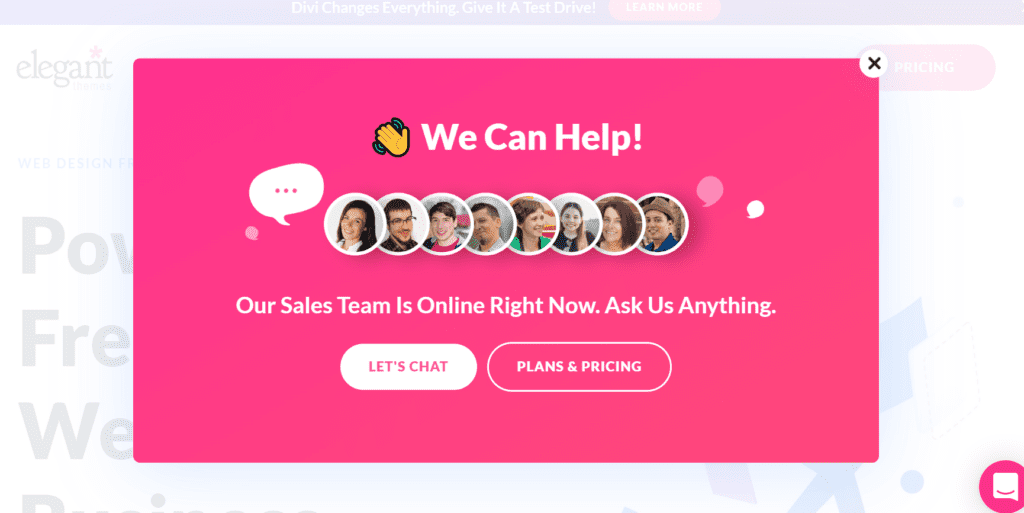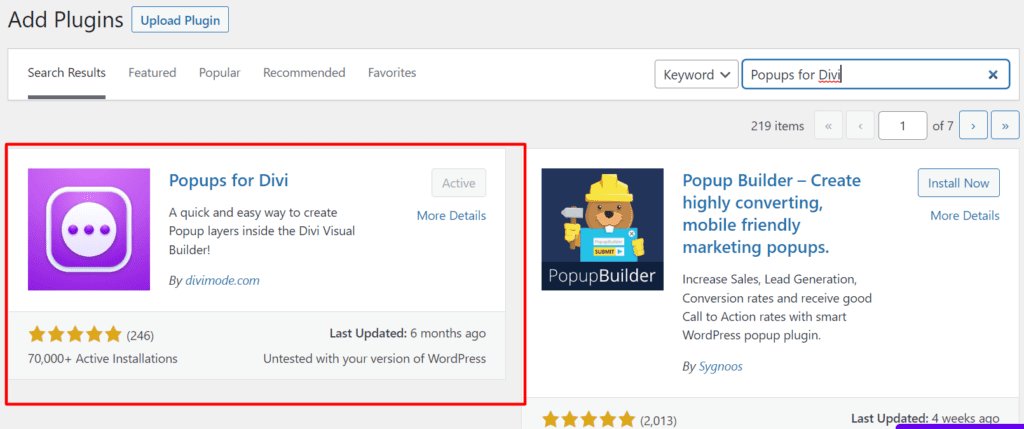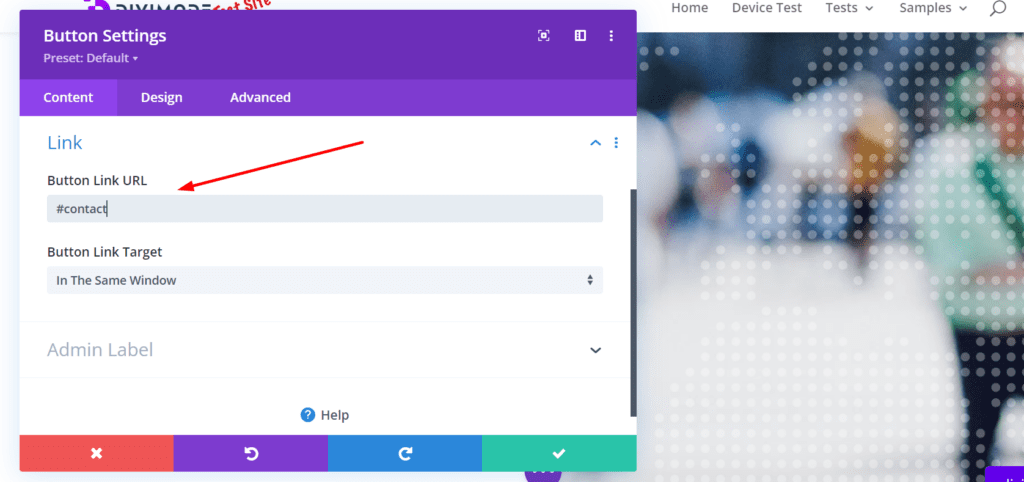Formerly considered as only another fad, popup marketing is now viewed as the cornerstone of any effective conversion rate optimization strategy. Whether purely educational or promotional, marketers use popups to increase sales, grow email lists, and more.
Used the right way, popups can become a valuable marketing strategy asset. In fact, according to SumoMe, the average conversion rate of popups can reach up to 3.1%, which is something that you shouldn’t underestimate.
This article focuses on how to build a successful strategy that revolves around popups and their power. Without further ado, let’s sink into the fundamentals of popup marketing.
Table of Contents
- FAQs About Using Popups in Marketing
- What Is Popup Marketing?
- Define Popup Marketing Goals
- Align Popups to Your Marketing Funnel
- Determine Popup Triggers
- Evaluate Popup Effectiveness
- Choose The Right Tools
- Over to You
FAQs About Using Popups in Marketing
How can I ensure that popups don’t annoy my website visitors?
To ensure popups don’t annoy your website visitors, consider the following best practices:
- Use an unobtrusive design that doesn’t cover essential content or distract from the user experience.
- Set a frequency cap to control how often popups appear to the same visitor.
- Offer an easy and clearly visible option to close or dismiss the popup.
- Avoid intrusive behaviors such as autoplaying videos or sounds.
- Segment your audience and display relevant popups based on their interests or behavior.
Should I use mobile-friendly popups for mobile users?
Yes, it’s essential to use mobile-friendly popups for mobile users. Mobile devices have smaller screens, so make sure your popups are appropriately sized and responsive. Use clear and concise copy, avoid obstructing content, and provide a user-friendly experience. Consider implementing mobile-specific popups or using responsive design techniques to optimize the popup’s appearance on different devices.
How can I measure the effectiveness of my popups?
To measure the effectiveness of your popups, you can track key metrics such as conversion rate, click-through rate, bounce rate, and engagement rate. Set up conversion tracking using tools like Google Analytics or your marketing automation platform. A/B testing different popup designs, placements, and messaging can also provide insights into what resonates best with your audience.
Are there any legal considerations when using popups?
Yes, there are legal considerations when using popups, especially regarding data privacy and compliance with regulations like GDPR or CCPA. Ensure you have a clear privacy policy and obtain proper consent when collecting personal information. Use a reputable email marketing service that complies with applicable data protection laws. Familiarize yourself with relevant regulations and consult legal professionals if necessary.
Can I use popups on my e-commerce website?
Yes, popups can be effective on e-commerce websites. You can use popups to offer discounts, promote product launches, showcase customer reviews, or capture email addresses for marketing purposes. Just make sure the popups align with your branding, are relevant to the user’s journey, and don’t disrupt the shopping experience.
What Is Popup Marketing?
Pop-up marketing is a tactic that uses popup touchpoints to improve the brand’s conversion rate and bring new qualified leads to the funnel. It presents what the brand offers to visitors that might ignore the page content at the beginning, reminding them of what’s in store, plus some bonus points.

This marketing method is perfect if you want to generate interest in your brand and products. More importantly, it includes some of the following specific benefits for your business:
- Fast Conversions: Popup marketing reduces the conversion time since when it shows up, it creates a sense of urgency for the interested potential customer to react immediately to the message or call-to-action.
- Lead Generation: Popup marketing can attract new potential customers that were yet to learn about your brand or products, providing them with a fast opportunity to become your customers.
- Promoting Offers: Popup marketing is one of the best ways to generate seasonal interest for your sale or special offer by motivating potential customers for a quick opportunity.
Define Popup Marketing Goals
Each of your popups must have a defined goal that focuses your marketing activity to meet that goal. A clear goal guarantees that you will respond and optimize your strategy if necessary and that you’ll achieve what you’ve set out to do with your popup marketing strategy.
Each individual popup can have a different goal. For example:
- Promoting a seasonal sale or event.
- Conduct market research or a survey.
- Launching a new service or product.
- Reaching new audiences and customers.
- Showing how you stand out from competitors.
Of course, a popup can have more than one goal. For example, you may introduce an event where the promotion of a new product or service will be introduced. No matter your goals, your popups should be aimed clearly towards increasing the conversion rate and be relevant to the consumers.
Align Popups to Your Marketing Funnel
Understanding your marketing funnel enables you to create a better popup marketing strategy.
Think about it, there are various interaction stages that potential customers go through to become paying customers, and it is vital to identify at which stage you can use a popup effectively.

For example, if you want to attract more attention to your dedicated product page where you also offer a demo or a free trial, a popup could trigger most of the visitors that land on that page but haven’t signed up for the demo yet.
Another popup would offer then another incentive to sign up for or purchase your product. For example, a lead magnet such as an eBook or a webinar would represent another touchpoint for converting page visitors into customers.
Determine Popup Triggers
How the pop-ups are presented to website visitors is one of the key aspects of any popup marketing strategy. It’s simple – popups need to appear at the right time, and at the right place.
Depending on your tactics, and the pages that you want to display the popups on, the following are the best triggers for displaying high-converting popups:
- On-page load: Popups that are triggered after a specified time of page loading. For this trigger, you shouldn’t set the time to be either too short or too long.
- On bounce: This is perhaps the most common of all triggers, used effectively when the page visitor is about to leave the page in their browser, extremely handy for last-minute reminders and offers.
- On scroll: Most commonly used in blog posts, the scroll trigger is excellent if you want to encourage more visitors to subscribe to your newsletter once they’ve scrolled to a particular part of the page.
- On click: Another common trigger that is useful if you want to provide visitors with an extra benefit as soon as they click on the call-to-action.
Evaluate Popup Effectiveness
At first, your popups might not convert visitors into subscribers and customers as they would after conducting several tests in advance. This is why you need to keep track of metrics and KPIs regularly.
For example, most of the popup marketing tools provide built-in analytics options that provide you with an analysis of how the popup campaigns perform. Looking at the metrics, you can evaluate the following:
- Conversion Rates: How pop-ups performed on your website and how effective the CTAs are after the popups are triggered.
- Bounce Rates: Identifying specific page fields or popups that make visitors quickly exit the page.
- Timeliness: Understanding when popups are triggered and delivered affects the number of page visitors and your conversion rate.
Evaluating popup marketing is an important part of your strategy, and analyzing how the campaign performs helps you redirect your effort and resources more wisely as a result.
Choose The Right Tools
Fortunately, if you’re using WordPress and Divi, there are myriad of tools and options to add popups to your website. However, there’s nothing quite like Popups for Divi (used by 90,000+ websites), and Divi Areas Pro.
If you have not used Popups for Divi before, you will have to install and activate our plugin.
Go to your wp-admin and open the ‘Add Plugin’ page. Next, search for ‘Popups for Divi’, then install and activate the plugin afterwards.

After you activate the plugin, go to your dedicated page with the front-end builder, and in the desired section where you want to insert the popup, open the “Popup” tab, enable the “This is a Popup” flag, and enter the desired value (ID) of the popup, for instance, “contact”, and save.

Now, you will need to create a button that will make the popup visible. On your Visual Builder, go to the top and click on the “Contact” button settings, where you will set your custom link.
Keep in mind that any button or link that points to your custom Popup ID is your Popup trigger, which means that clicking that button makes that popup visible (aka triggering the popup).
And voilà, now you have your first popup created with our Popups for Divi plugin! For more quick steps on how to create your first popup with Popups for Divi, please view our video tutorial:
Popups for Divi:
- Is FREE!
- Can transform every Section into a popup
- Offers unlimited Popups on every page
- Enables you to trigger popups via Button or Link
- It is extendable via a professional JavaScript API
- Requires no configuration, simply install and use
For even more steps, customization options, and details, we invite you to sign up for our FREE 6-day email course that will walk you through each aspect of the plugin – Take the Course TODAY!
Over to You
Popups have the power to speed up the buyer’s journey through your marketing funnel and help your Divi website bring more sales and qualified leads to your business.
Now that you have the steps necessary for building a popup marketing strategy, it’s time to start working on improving your conversion rate. Get to work now!

Try Divi Areas Pro today
Sounds interesting? Learn more about Divi Areas Pro and download your copy now!
Many pre-designed layouts. Automated triggers. No coding.
Click here for more details






